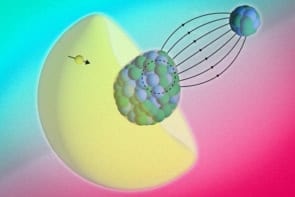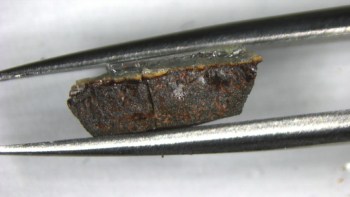Researchers at the University of Edinburgh have discovered new high-pressure structures in the elements tellurium and selenium. This information could allow scientists to understand more about the cores of planets, including the Earth and could be used to create “optimized” materials under extreme conditions. The results were presented by Malcolm McMahon at the Institute of Physics Condensed Matter and Materials Physics Conference in Belfast earlier this week.
The physical properties of materials depend strongly on structure and interatomic distance. High pressure can vary these distances considerably and enables the relationship between structure and properties to be examined. Moreover, pressure can bring about large changes in the arrangement of atoms in a material without altering its chemical composition. Previous high-pressure work at Edinburgh by McMahon and colleagues revealed complex new structures in various elements, such as rubidium, barium, strontium and bismuth, including the first ever composite structures in an element. One structure that they observed in barium was described by a researcher as the “weirdest atomic structure of a metal or of any pure element” (V Heine 2000 Nature 403 836). These results were obtained by studying single crystals of the elements under high pressure using X-ray diffraction.
Now, McMahon and co-workers have studied tellurium and selenium – elements known to exhibit complex behaviour at high pressure, such as dramatic changes in the superconductivity transition temperature on compression. To create the huge pressures needed in their experiments (up to 36 GPa) the researchers squeezed small amounts of the powdered element between two diamonds. They then studied the sample, while it was under pressure, using X-ray beams from the Synchrotron Radiation Source at Daresbury.
“The structures in tellurium and selenium are an entirely new elemental structure type – a very simple crystal arrangement with large out-of-phase modulations,” McMahon told PhysicsWeb. “What happens is that the atoms are displaced from their positions in the basic structure by a certain amount.” It is not yet clear, however, why these elements adopt such structures under high pressures. The link between this complex organization and the change in superconductivity transition temperature remains another mystery.
The team now intend to measure other physical properties at high pressure. “We can then use pressure to ‘tune’ the properties of materials to improve their characteristics,” said McMahon, who hopes that these properties could be produced at atmospheric pressures. The results will be published in Physical Review Letters shortly.



